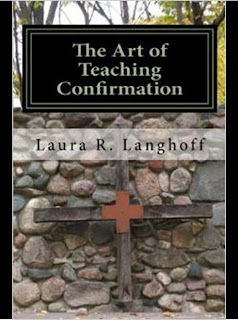 For years when I was living in MN we sold bedding plants each spring as a youth fundraiser. It was our best fundraiser great because so many people buy annuals, it's not focused on getting more money from the congregation (a detriment to many small congregations regular giving), and the youth can make as little or as much as the effort they put in. One year I had a girl make over $600 because she not only asked her family, but tons of people in her community. We used Gertens because they always provided good, healthy plants and a lot of choices. Guess what? Gertens has a poinsettia funraiser too! Some people sell Christmas wreaths or other greenery and that is nice, but so many people buy holiday flowers that this is a no-brainer for youth fundraising.
For years when I was living in MN we sold bedding plants each spring as a youth fundraiser. It was our best fundraiser great because so many people buy annuals, it's not focused on getting more money from the congregation (a detriment to many small congregations regular giving), and the youth can make as little or as much as the effort they put in. One year I had a girl make over $600 because she not only asked her family, but tons of people in her community. We used Gertens because they always provided good, healthy plants and a lot of choices. Guess what? Gertens has a poinsettia funraiser too! Some people sell Christmas wreaths or other greenery and that is nice, but so many people buy holiday flowers that this is a no-brainer for youth fundraising.What if you don't live near Gertens? Looking online I can find a nursery that sells poinsettias for a fundraiser in almost every state. Search for poinsettia fundraiser near me or try searching poinsettia fundraiser (your state).
The only thing I want to caution you on is making sure you get healthy, good quality plants that will be blooming when needed. Nobody wants a sanctuary of non-blooming lilies or green poinsettias. Look for reviews of the nursery you use!!
It may be too late this year, but put this in your file for next year!
(I can't believe I didn't think of it earlier...)










